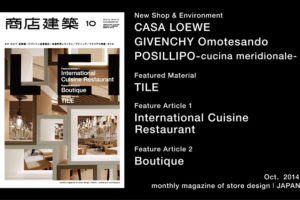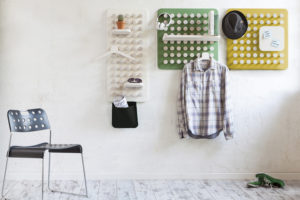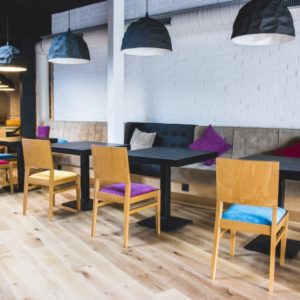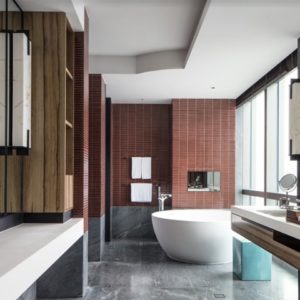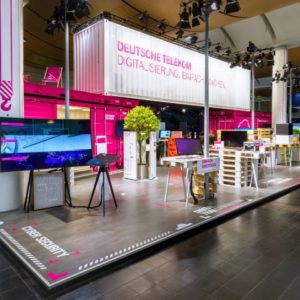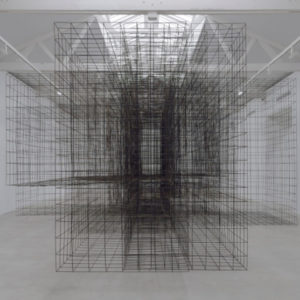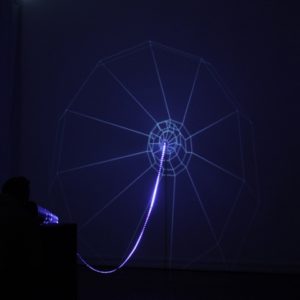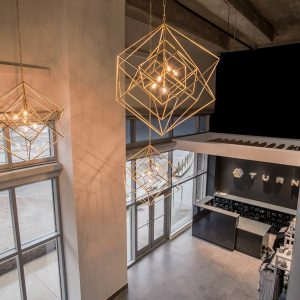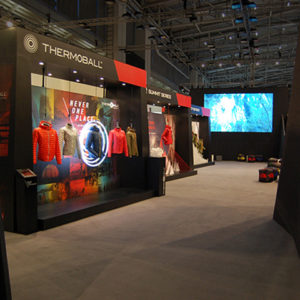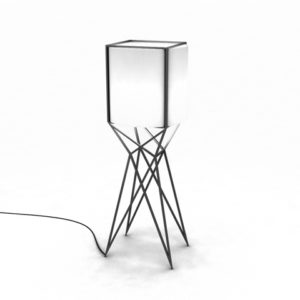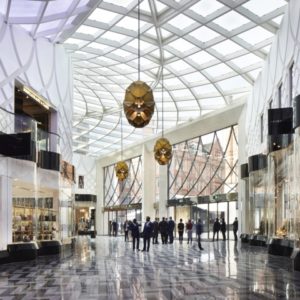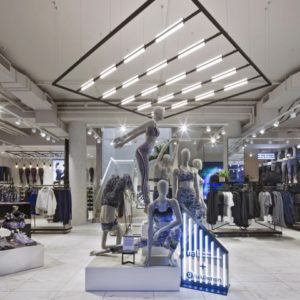
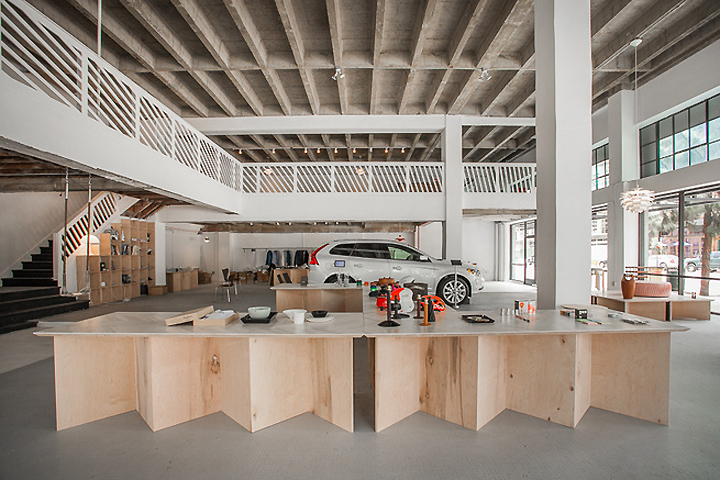

Los Angeles’s downtown has seen a rebirth recently thanks in part to a host of design-forward businesses opening their doors. One of them is Austere, a conceptual shop where Scandinavian enthusiasts will get their fill of modern classics, pieces by emerging product designers, and fashion hailing from the Nordic countries. We sent a few questions to Austere’s creative director and founder, Fredrik Carlström, who lets us in on the “undemocratic” process he used to assemble the collection, his thoughts on why Scandinavian culture is gaining steam, and his favorite spots in the burgeoning neighborhood.
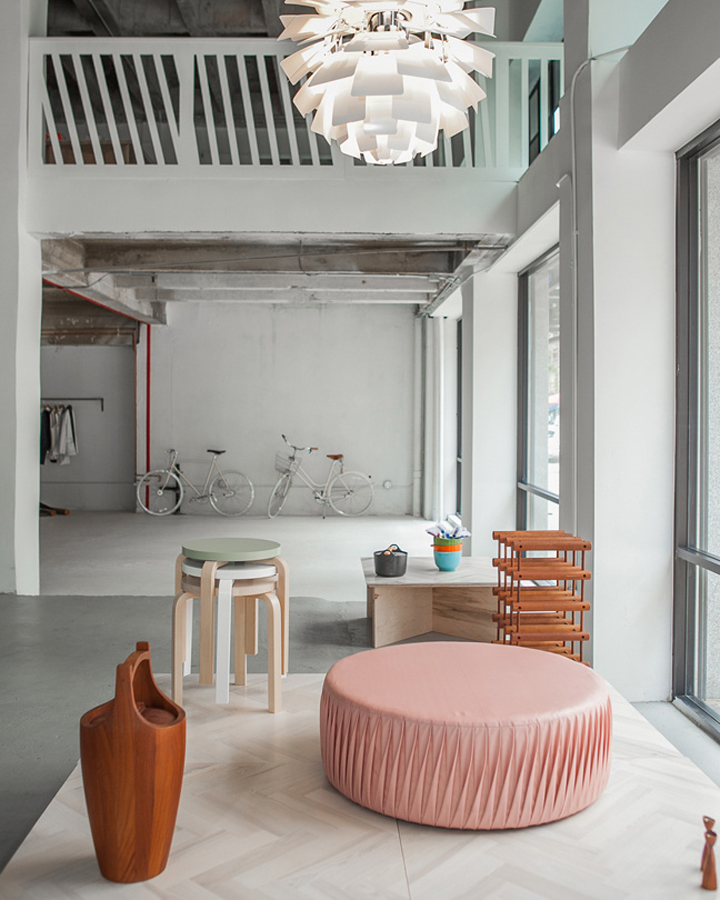
How did you come to be involved with design? My first job out of high school was working at an ad agency. I answered phones and made coffee but around me they were doing more interesting things. One of those things was re-branding Iittala. This company, with its amazing design heritage, was somehow no longer relevant to younger consumers and the job of the agency was to change that. The way this was done was by building on the company’s rich design history with new pieces—a method very much in keeping with the design process itself. This is when I first came in to contact with work by designers like Thomas Sandell, Thomas Eriksson, Konstantin Grcic, Ross Lovegrove, Marc Newson, and Jasper Morrison and photographers like Björn Keller, who plopped a goldfish into an Aalto vase for one of the advertisements. I eventually stopped answering phones, became a copywriter, a creative director and even ran a few agencies, but the belief that design can transform a company has stayed with me, so to me Austere is like coming full circle.
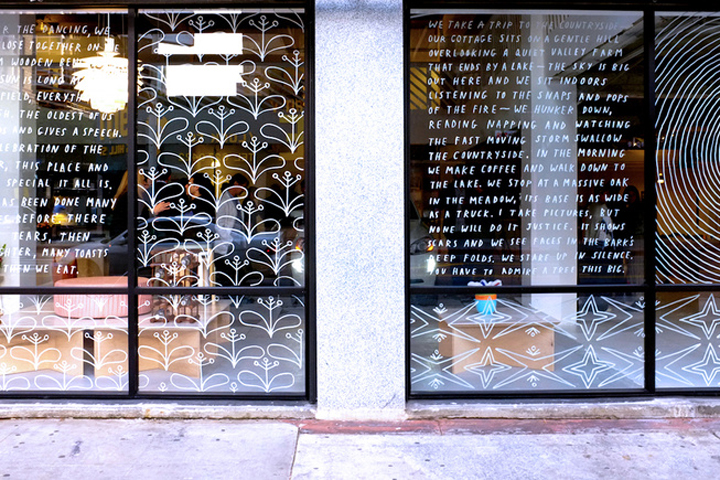
How did you select the pieces for the shop? What’s the most significant/personally meaningful item to you? Very undemocratically I chose them and everything is there for a reason. They all have different meanings; the Aalto vase was the first decorative designer piece I bought myself; the Lego set I played with as a child; I had Arne Jacobsen’s “Seven Chair” in my first apartment; I wrote copy for the Teema dinner plates. What they have in common is that I think they are all exceptional pieces of design.
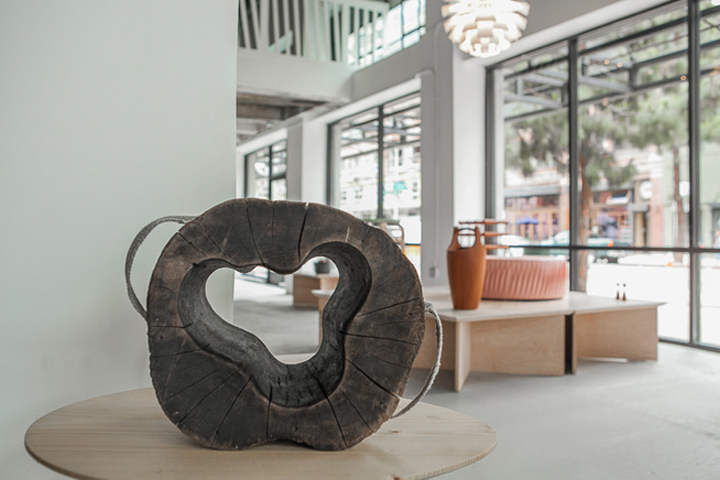
Can you tell us a bit about the shop’s architecture? What was the space like when you found it? What drew you to it? How did you recast it for Austere? The building was constructed in 1927 (the same year as the Universal Picture building and new home to the Ace hotel and the same year Volvo was founded) as the May Company Parking Structure—a garage for the neighboring May Department Store. The architects were called Curlett and Beelman. Most recently it had been a car showroom and a locksmith but it had sat empty for a long time when we took it over and it looked like a set from “Silence of the Lambs.” But it had great bones and I took one look and fell in love. We did no structural changes to the space. I got the help of Swedish design studio Form Us With Love, to design the tables and pods we display objects on, with the fabrication being done by Guild Los Angeles. Guild also co-designed (with me) and fabricated the railing and a bunch of other stuff. The construction firm is called J-R Builders and also built the Acne Studios flagship in the Eastern Columbia building and is currently constructing Kinfolk restaurant in the basement of the Eastern.
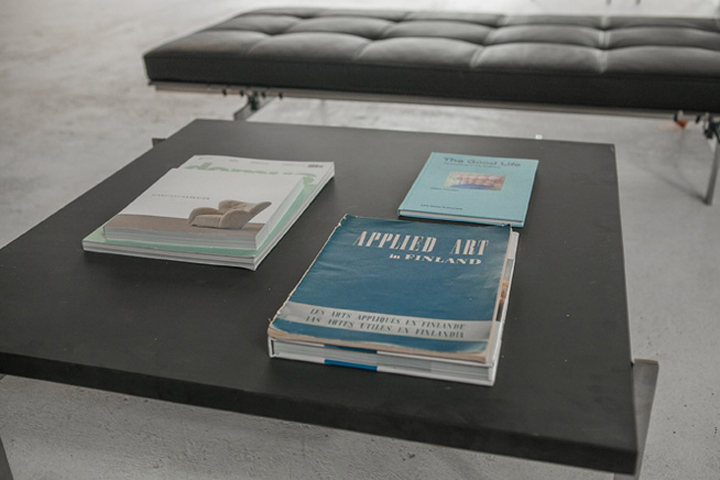
Scandinavian design, food, music, and culture is having a moment right now in the United States. What do you think of its popularity now? Why do you think that it’s resonating so much? I have been reading about Ellen Key lately. She was a Swedish philosopher, feminist, critic, and a founding voice of what has become known as “Scandinavian design.” She wrote a text in 1899 entitled “Beauty in the Home” that was translated and re-published by MoMA in 2008. Being alive—let alone being a woman—in Sweden in 1899 could not have been easy and she basically argued design could be a means for cultural and social change. She made the case for fewer, better things at home: objects that are functional, do what they are supposed to and look beautiful. I think those ideas are very relevant today and is one of the reason we are seeing so many people take an interest in things from Scandinavia.
Design by Fredrik Carlström
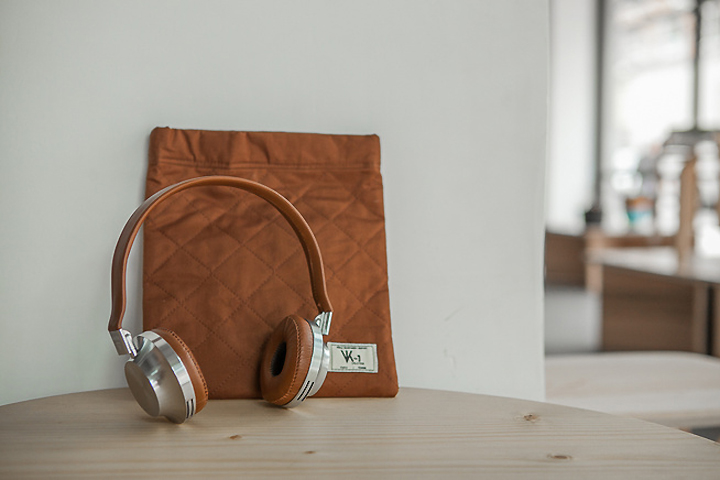
http://www.dwell.com/product/article/shops-we-love-austere-los-angeles





